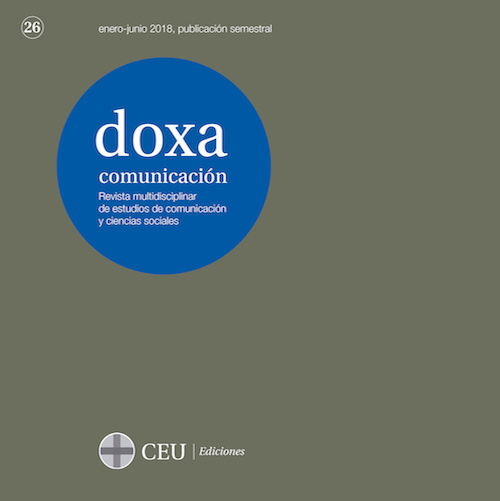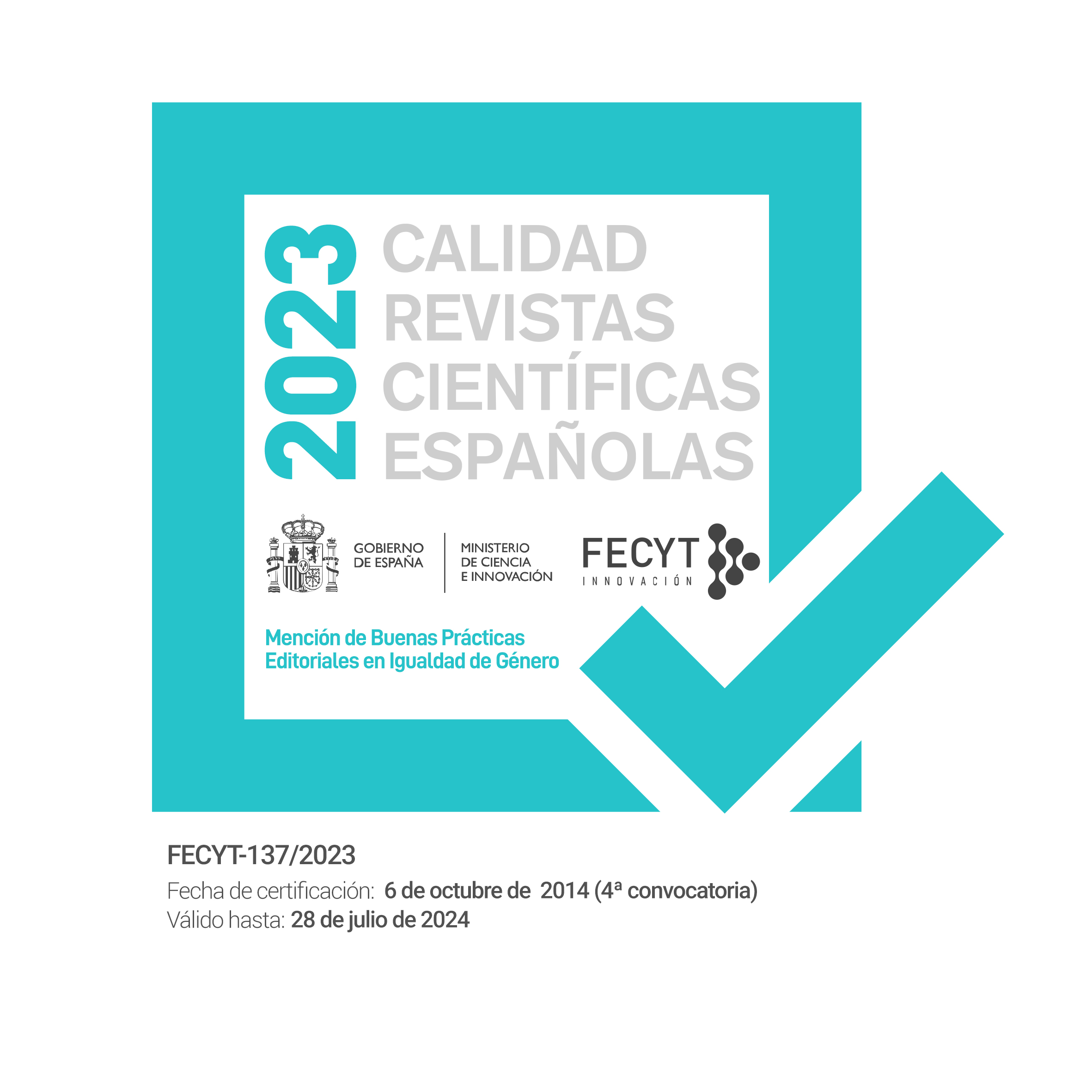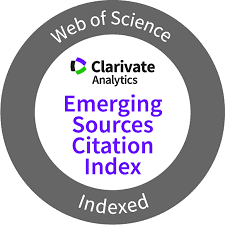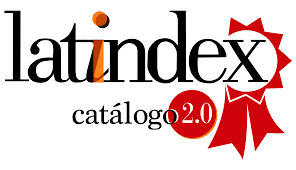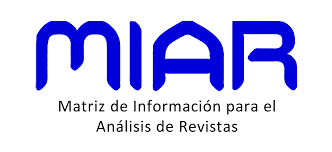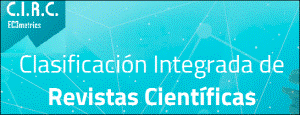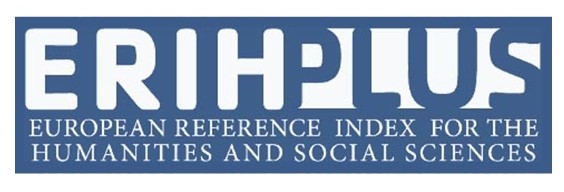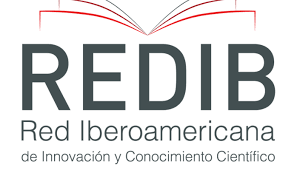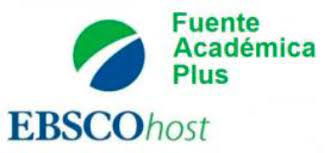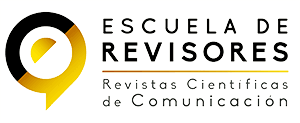¿Cómo afrontar las noticias falseadas mediante la alfabetización periodística? Estado de la cuestión
DOI:
https://doi.org/10.31921/doxacom.n26a10Palabras clave:
Alfabetización periodística, noticias falseadas, periodismo, alfabetización mediáticaResumen
Existe en la actualidad un importante debate social sobre la proliferación de noticias falseadas (fake news) en los medios de comunicación y en las redes sociales, especialmente, por el deterioro que estas suponen para los sistemas democráticos, en general, y para
el periodismo, en particular. Por esta razón, los estudios sobre periodismo y comunicación afrontan con urgencia el reto de reconceptualizar un fenómeno que ha existido siempre, pero que cobra nueva vida en el actual entorno mediático. En este contexto, emerge la teoría y práctica de lo que ha venido a llamarse alfabetización periodística (news literacy). Realizamos aquí un breve examen del estado de la cuestión, desde un punto de vista conceptual. Repasamos las teorías, recientes y clásicas, referidas a las noticias falseadas, a partir de una revisión de la principal bibliografía sobre el tema. Como conclusión, proponemos una base conceptual que puede establecer un puente entre las citadas teorías y la práctica de la alfabetización periodística en el marco más amplio de las políticas de alfabetización mediática.
Descargas
Citas
Baudrillard, J. (1991): La Guerra del Golfo no ha tenido lugar. Barcelona: Anagrama.
Bauman, Z. (1993): Modernity and ambivalence. Malden: Polity Press.
Barthes, R. (1994): The Semiotic Challenge. Berkeley: University of California Press.
Beckett, C. (2017): “‘Fake news’: the best thing that’s happened to journalism”. http://blogs.lse.ac.uk/polis/2017/03/11/fake-news-the-best-thing-thats-happened-to-journalism/ [Consultado el 05/04/2018].
Bernays, E. L. (1947): “The Engineering of Consent”. The ANNALS of the American Academy of Political and Social Science, n. 250(1), pp. 113-120. https://doi.org/10.1177/000271624725000116.
Blumler, J. y Gurevitch, M. (1995): The crisis of public communication. London: Psychology Press.
Canetti, E. (2013): Masa y Poder. Madrid: Alianza Editorial.
Carr, N. (2014): The Glass Cage: How Our Computers Are Changing Us. New York: Norton & Company.
Chadwick, A. (2017): The Hybrid Media System: Politics and Power. New York: Oxford University Press.
Chomsky, N. (1989): Necessary Illusions: Thought Control in Democratic Societies. Toronto: CBC Enterprises.
Debord, G. (1967): La société du spectacle. Paris: Buchet-Chastel.
Domenach, J. (1950): La propagande politique. Paris: Presses Universitaires de France.
Durandin, G. (1982): Les mensonges en propagande et en publicité. Paris: Presses universitaires de France.
Dyer, J. (2017): “Can News Literacy be taught?” http://niemanreports.org/articles/can-news-literacy-be-taught/ [Consultado el 05/04/2018].
Eco, U. (1990): The limits of the interpretation. Bloomington: Indiana University of Press.
European Commission. (2018): A multi-dimensional approach to disinformation. https://doi.org/10.2759/0156 [Consultado el 05/04/2018].
Ewen, S. (1976): Captains of consciousness: advertising and the social roots of the consumer culture. New York: McGraw-Hill Education.
Fletcher, R., Cornia, A., Graves, L. y Nielsen, R. K. (2018): Measuring the reach of fake news and online distribution in Europe. Reuters Institute. Unviersity of Oxford. https://reutersinstitute.politics.ox.ac.uk/sites/default/files/Digital News Report 2017 web_0.pdf [Consultado el 05/04/2018].
Freud, S. (1963): The Standard Edition of the Complete Psychological Works of Sigmund Freud. Hogarth Press.
Gottfried, J. y Shearer, E. (2016): News Use Across Social Media Platforms 2016. Numbers, Facts and Trends Shaping the World. Pew Research Center.
Gurevitch, M., y Kavoori, A. P. (1992): “Television spectacles as politics”. Communication Monographs, n. 59 (4), pp. 415-420. https://doi.org/10.1080/03637759209376284 [Consultado el 05/04/2018]
Hallin, D. C. (1991): Sound bite news: Television coverage of elections, 1968-1988. Woodrow Wilson International Center for Scholars, Media Studies Project.
Himma-Kadakas, M. (2017): “Alternative facts and fake news entering journalistic content production cycle”. Cosmopolitan Civil Societies, n. 9 (2), pp. 26-40. https://doi.org/10.5130/ccs.v9i2.5469 [Consultado el 05/04/2018].
Kucharski, A. (2016): “Post-truth: Study epidemiology of fake news”. Nature, n. 540 (7634), pp. 525-525. https://doi. org/10.1038/540525a
Lasswell, H. D. (1927): “The Theory of Political Propaganda”. American Political Science Review, n. 21 (3), pp. 627-631. https://doi.org/10.2307/1945515 [Consultado el 05/04/2018]
Latour, B. (2005): Reassembling the Social. An introduction to actor-network-society. Cambridge: Oxford Press.
Le Bon, G. (1947): The Crowd: A Study of the Popular Mind. Library of Alexandria.
Lefèvre, L. (1977): Life in Renaissance France. Cambridge: The Harvad University Press.
Maksl, A., Craft, S., Ashley, S. y Miller, D. (2017): “The Usefulness of a News Media Literacy Measure in Evaluating a News Literacy Curriculum”. Journalism & Mass Communication Educator, n. 72 (2), pp. 228-241. https://doi. org/10.1177/1077695816651970 [Consultado el 05/04/2018].
Mannheim, K. (1936) Ideology and Utopia. London: Routledge.
Mattelart, A. (1992): Rethinking media theory: Signposts and new directions. Minnesota: University of Minnesota Press.
Mattelart, A. (2007): Historia de la sociedad de la información. Barcelona: Paidós Comunicación.
McCombs, M. (2006): Estableciendo la agenda: el impacto de los medios en la opinión pública y en el conocimiento. Barcelona: Grupo Planeta.
Mihailidis, P., y Viotty, S. (2017): “Spreadable Spectacle in Digital Culture: Civic Expression, Fake News, and the Role of Media Literacies in ‘Post-Fact’ Society”. American Behavioral Scientist, n. 61(4), pp. 441-454. https://doi.org/10.1177/0002764217701217 [Consultado el 05/04/2018].
Nielsen, R. K., y Graves, L. (2017): “News you don’t believe”: Audience perspectives on fake news. Reuters Institute for the Study of Journalism. https://reutersinstitute.politics.ox.ac.uk/sites/default/files/2017-10/Nielsen%26Graves_factsheet_1710v3_ FINAL_download.pdf [Consultado el 05/04/2018].
Noelle-Neumann, E. (1995): La espiral del silencio: opinión pública: nuestra piel social. Barcelona: Paidós.
Ortega y Gasset, J. (2002): La rebelión de las masas. Madrid: Tecnos.
Pariser, E. (2015): “Fun facts from the new Facebook filter bubble study”. https://medium.com/@elipariser/fun-facts-from-the-new-facebook-filter-bubble-study-444d4a658f5d [Consultado el 05/04/2018]
Putnam, R. (1995): “Bowling Alone, America’s Declining Social Capital”. Journal of Democracy, n. 6 (1), pp. 65-78.
Richardson, N. (2017): “Fake News and Journalism Education”. Asia Pacific Media Educator, n. 27 (1), pp. 1-9. http://ejournals.ebsco.com/direct.aspArticleID=42E9AD9D146BDB024964
Scheufele, D. A. y Tewksbury, D. (2007): “Framing, agenda setting, and priming: The evolution of three media effects models”. Journal of Communication, 57, pp. 9-20. http://www.blackwellsynergy.com/doi/abs/10.1111/j.1460- 2466.2006.00326.x [Consultado el 05/04/2018].
Sennet, A. (2011): “Unarticulated Constituents and Propositional Structure”. Mind & Language, n. 26(4), pp. 412-435. https://doi.org/10.1111/j.1468-0017.2011.01423.x [Consultado el 05/04/2018].
Snyder, L. (2017): The New Nationalism. New York: Routledge.
Suiter, J. (2016): “Post-truth Politics”. Political Insight, pp. 25-27. http://journals.sagepub.com/doi/pdf/10.1177/2041905816680417 [Consultado el 05/04/2018]
Sunstein, C. R. (2001): Republic.com. Princeton: Princeton University Press. Tannen, D. (1999): La cultura de la polémica. Barcelona: Paidós.
Tchatkhotine, S. (1952): “Le symbolisme et la propagande politique”. In Le Viol des foules par la propagande politique. pp. 190-211.
Thompson, M. (2016): Enough Said: What’s Gone Wrong with the Language of Politics? London: The Bodley Head.
Tornero, J. M. P., y Varis, T. (2010): Media Literacy and New Humanism. (UNESCO, Ed.), UNESCO Institute for Information Technologies in Education.
Tsipursky, G. (2017): “Fighting ‘Alternative Facts’ and ‘Pos-truth’ politics”. The Humanist, n. 77 (2), pp. 12-15.
Turkle, S. (2015): Reclaiming Conversation: The Power of Talk in a Digital Age. New York: Penguin Press.
Viner, K. (2016): “How Technology disrupted the truth”. The Guardian. https://www.theguardian.com/media/2016/jul/12/ how-technology-disrupted-the-truth [Consultado el 05/04/2018].
Descargas
Publicado
Cómo citar
Número
Sección
Licencia
Derechos de autor 2018 http://creativecommons.org/licenses/by-nc/4.0

Esta obra está bajo una licencia internacional Creative Commons Atribución-NoComercial 4.0.

